India to Launch Space Station by 2035, Moon Mission by 2040

In a major announcement that could redefine India’s role in global space exploration, Indian Space Research Organisation (ISRO) Chairman Dr. V. Narayanan has revealed the nation’s ambitious goals to establish an independent space station by 2035 and to accomplish a crewed lunar mission with safe return by 2040.
The announcement was made during Dr. Narayanan’s keynote speech at the convocation ceremony of the Indian Institute of Information Technology, Design and Manufacturing (IIITDM) in Kurnool, Andhra Pradesh. This declaration marks a new phase in India’s space narrative and signals a confident stride towards autonomous human spaceflight and interplanetary presence.
A Modular Space Station by 2035: India’s Orbital Vision
India’s planned space station, informally referred to as the Bharatiya Antariksh Station, will be a modular orbital platform constructed and operated solely by ISRO. The station is envisioned as a multi-purpose research facility supporting long-duration missions and crew accommodation, operating in low Earth orbit (LEO) at an altitude of approximately 400 km.
The station will:
Weigh around 52 tonnes
Be capable of hosting 3 to 4 astronauts at a time
Support scientific experiments in microgravity
Function as a hub for inter-agency and international collaboration
According to Dr. Narayanan, launches for different modules of the station are expected to begin by 2028, with full deployment targeted for completion by 2035. The construction will be gradual, adopting a modular architecture that enables each component to be launched separately and assembled in space using advanced docking systems, such as those tested during the SPADEX program.
India’s Human Moon Mission: Timeline to 2040
In alignment with the Prime Minister’s directive to boost India’s space profile, Dr. Narayanan confirmed that ISRO is preparing to execute a fully indigenous crewed mission to the Moon by 2040. This mission will not only include landing an Indian astronaut on the Moon but will also ensure safe return to Earth, relying solely on Indian technology.
- The human lunar mission will involve:
- A heavy-lift launch vehicle developed by ISRO
- A human-rated lunar lander and rover
- A reliable orbital module for safe Earth re-entry
- Enhanced life-support systems and astronaut training
The initiative reflects India’s shift from robotic exploration to a sustainable human spaceflight program. Prior missions such as Chandrayaan-1, Chandrayaan-2, and Chandrayaan-3 have laid the foundation for this goal, especially with Chandrayaan-3’s soft landing near the lunar south pole in 2023, which brought India global acclaim.
Strategic Milestones Leading to Human Spaceflight
India’s pathway to a human Moon landing by 2040 will be structured through a set of critical missions and experiments, including:
- Gaganyaan Mission
India’s flagship human spaceflight program, Gaganyaan, will conduct its first uncrewed orbital flight in 2025, followed by a crewed mission in 2027. The mission will use the HLVM3 rocket, a modified version of ISRO’s reliable GSLV Mk III, and will carry astronauts into low Earth orbit.
- Chandrayaan-4 (2027)
Designed as a lunar sample-return mission, Chandrayaan-4 will collect lunar soil and rock samples and bring them back to Earth. This will be a precursor to the human lunar mission, testing entry, descent, and recovery technologies.
- Chandrayaan-5 (2028–29)
In collaboration with Japan’s space agency JAXA, this mission aims to deploy a lunar rover with a mission life of over 100 days. This will test robotic systems and pave the way for future human-robot interaction on lunar surfaces.
- Space Docking Experiments (SPADEX)
After a successful satellite docking experiment in 2024, ISRO is planning SPADEX-2 in 2026. Docking capabilities are crucial for space station assembly and long-duration missions.
Solar and Planetary Exploration Initiatives
In addition to its human spaceflight ambitions, ISRO continues to push the frontiers of interplanetary science. The success of the Aditya-L1 solar observatory, launched in 2023, marked India’s entry into solar research missions. The spacecraft is currently in a Halo orbit around L1 (Lagrange Point 1), monitoring solar activity and its effects on Earth’s climate and communication systems.
ISRO is also developing a Venus orbiter mission, which is expected to be launched in the early 2030s. The mission will study Venusian atmospheric chemistry, surface properties, and potential seismic activity, broadening India’s interplanetary research scope beyond Mars and the Moon.
Enhancing India’s Global Standing in Space Diplomacy
Dr. Narayanan highlighted how these missions are more than scientific pursuits they are strategic tools to elevate India’s status as a space-faring nation and a leader in space diplomacy.
The upcoming space station will allow India to host international researchers, collaborate on experiments in microgravity, and provide a platform for global innovation. India’s participation in earth observation satellites with NASA (like the NISAR mission) and cooperation with countries like the UAE and France showcases India’s ability to integrate science and soft power.
Furthermore, the Moon mission by 2040 will place India in an exclusive group of nations alongside the United States, China, and the former USSR that have successfully executed a crewed lunar landing.
National Development Through Space Technology
ISRO’s advancements are not limited to exploration. Its satellite constellations power critical aspects of India’s economy, including:
- Agriculture monitoring and yield estimation
- Disaster management and early warning systems
- Border and coastal security through high-resolution imagery
- Telemedicine and rural connectivity via communication satellites
Dr. Narayanan emphasized that over 56 satellites currently in operation are directly contributing to India’s development goals. These include geo-stationary and low-Earth orbit satellites that deliver real-time data for climate resilience, urban planning, and infrastructure monitoring.
Encouraging Innovation in Future Generations
During his address at IIITDM, Dr. Narayanan encouraged students and faculty to innovate for India’s centenary in 2047, when the nation marks 100 years of independence. He emphasized integrating AI, robotics, and aerospace technology into real-world applications that enhance both rural and urban living.
He also called on educational institutions to play a proactive role in research, suggesting a stronger academia-industry-government collaboration model. According to him, knowledge transfer from institutions like IIITDM to agencies like ISRO will be vital for sustaining India’s leadership in science and technology.
A Leader with Vision and Experience
Dr. V. Narayanan, who took over as ISRO Chairman in January 2025, brings extensive experience in propulsion systems, having served as Director of the Liquid Propulsion Systems Centre (LPSC). He has played a pivotal role in designing cryogenic engines, especially those used in GSLV and LVM3 rockets.
He was also part of the inquiry commission for the Chandrayaan-2 landing failure, and the subsequent recommendations contributed significantly to the success of Chandrayaan-3.
His leadership is seen as a strong blend of technical depth and visionary thinking, perfectly aligned with ISRO’s goals of achieving complex missions through indigenous technologies.
India’s Decade of Space Power
As India sets its sights on achieving two of its most challenging space goals a functioning space station by 2035 and a human Moon mission by 2040 the country is preparing to enter a new era of scientific, strategic, and global leadership. These missions represent more than technical milestones they reflect India’s rising capabilities, self-reliance, and determination to contribute meaningfully to the future of humanity in space.
India’s aspirations are no longer limited to reaching space but are now directed toward living, exploring, and returning from its celestial frontiers with confidence and purpose.

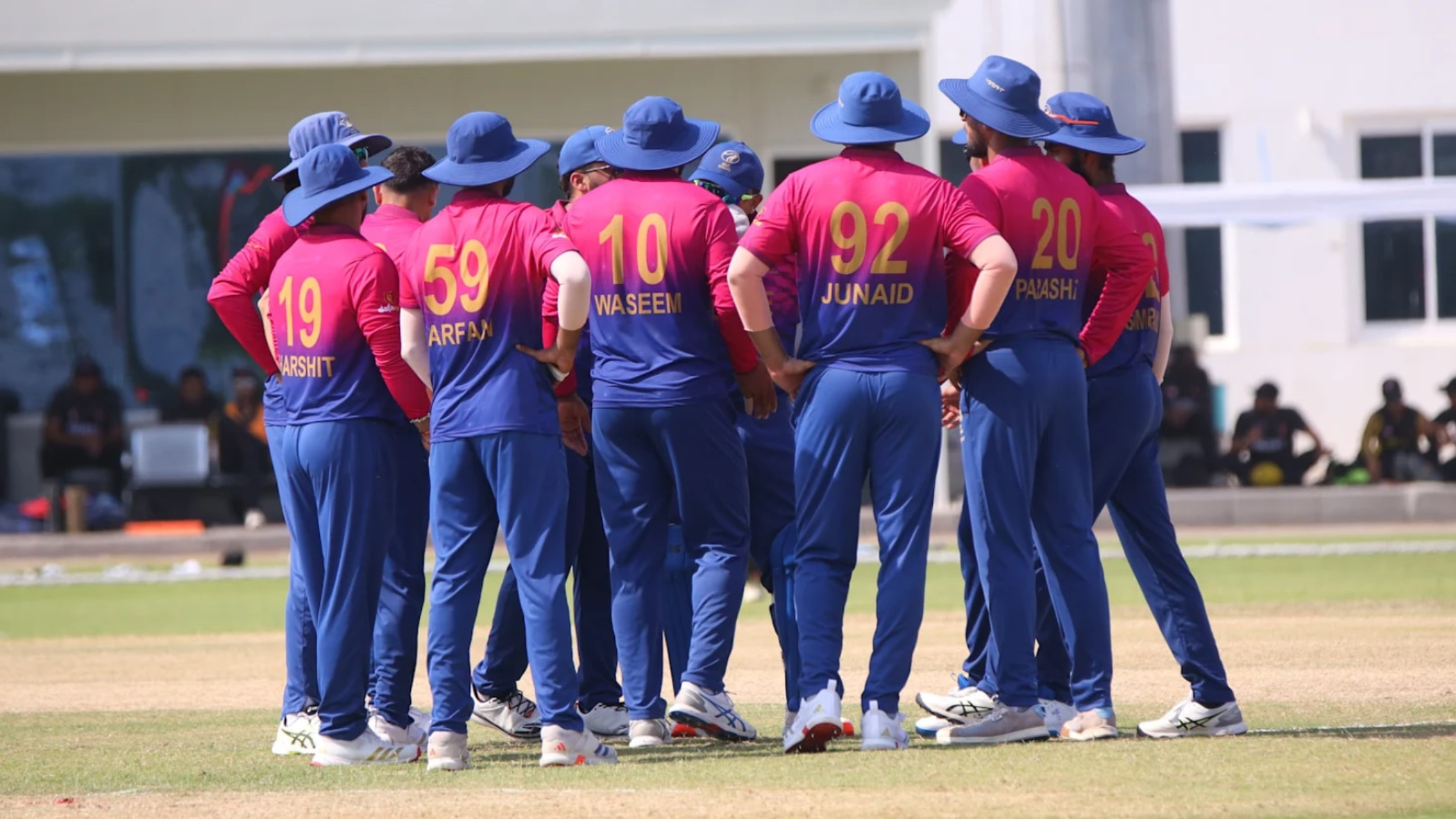
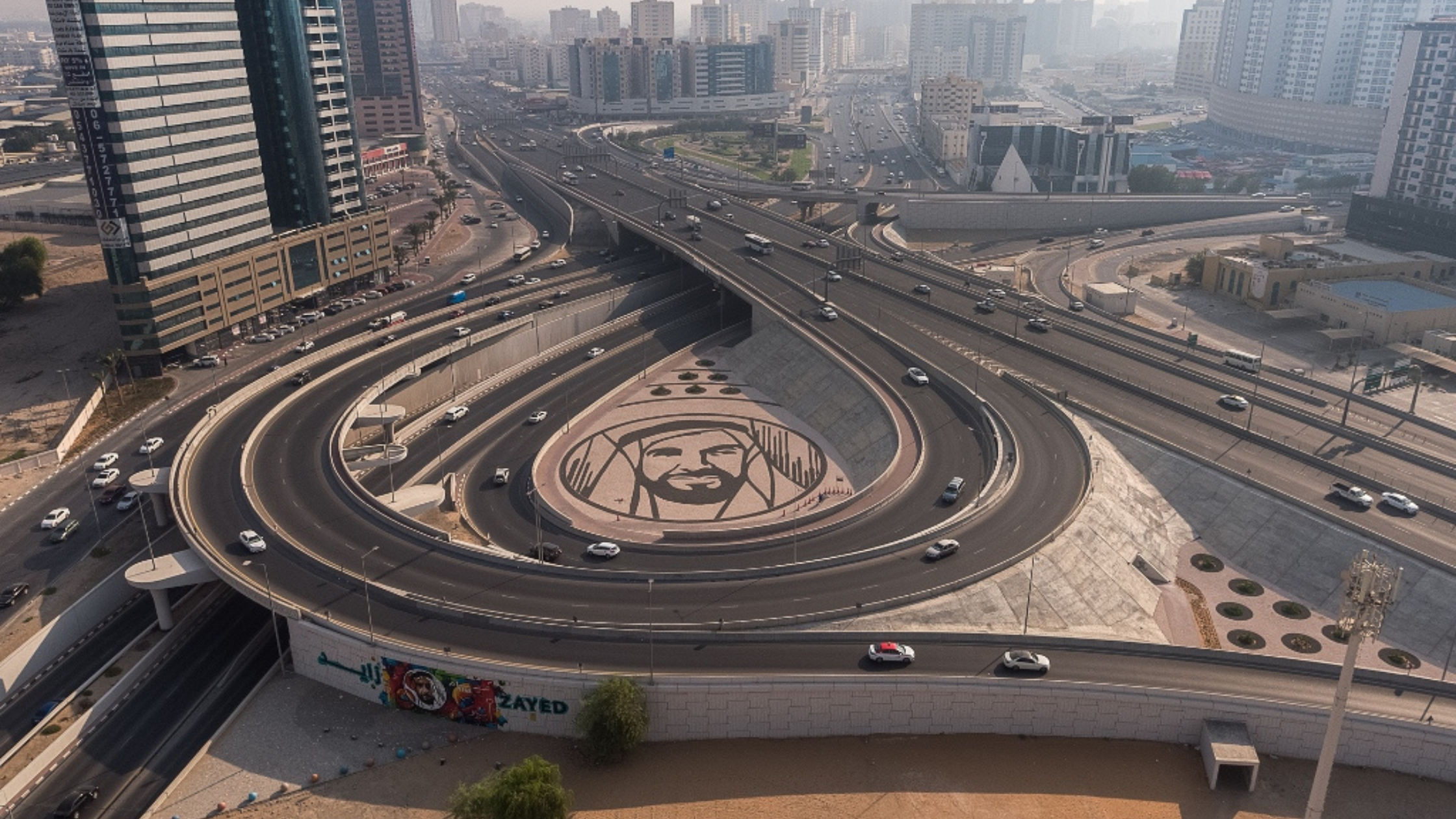
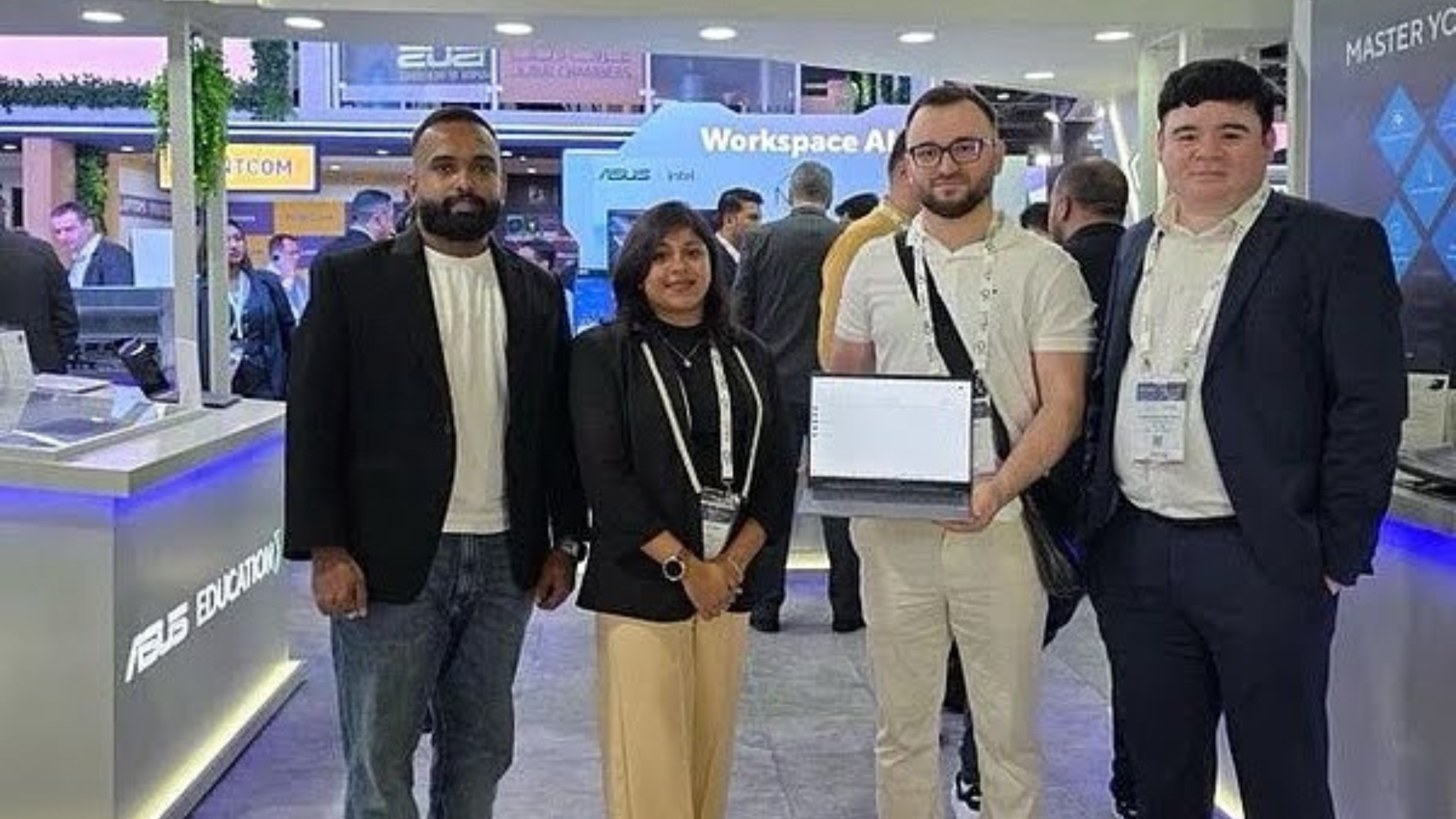
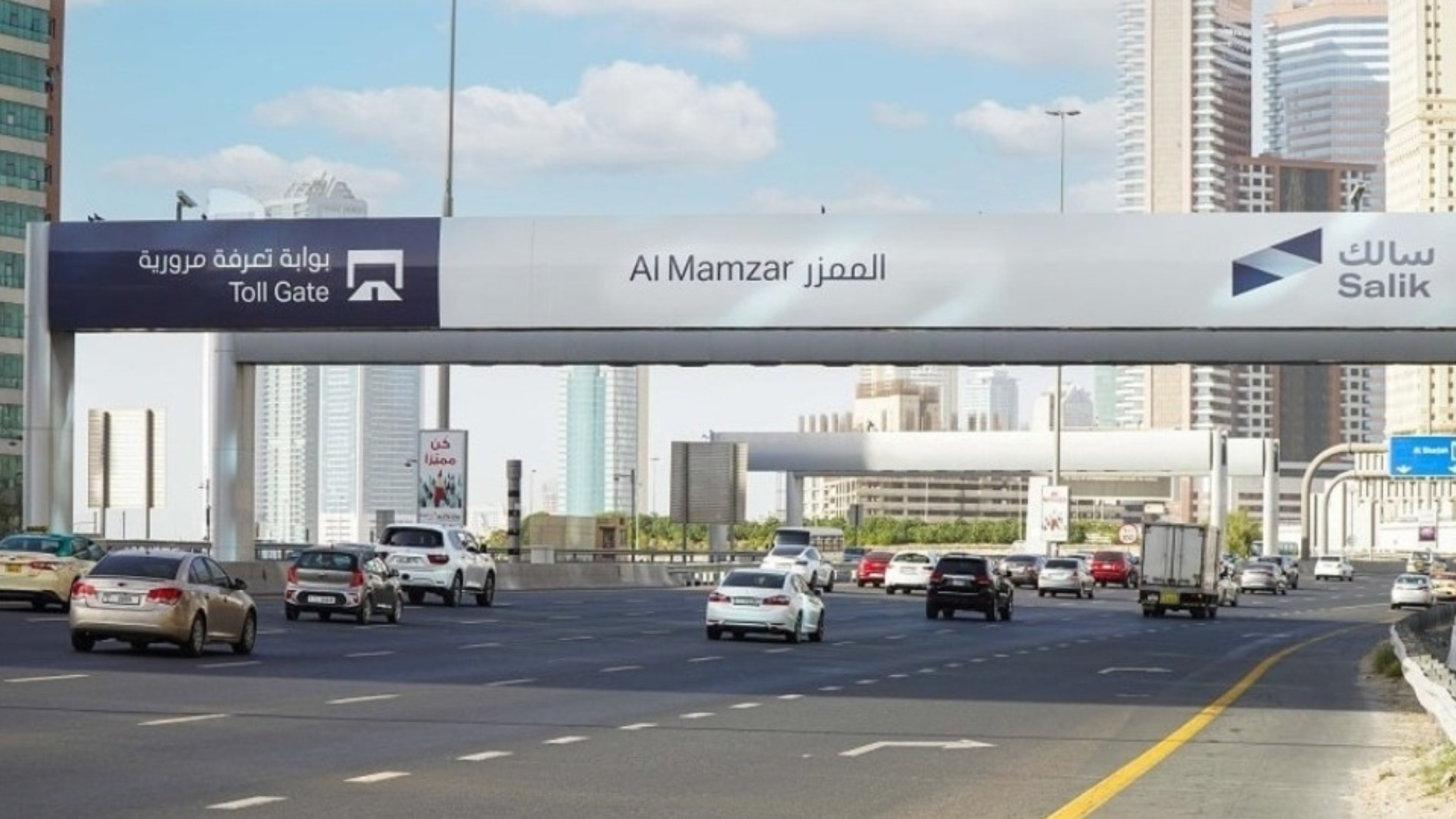


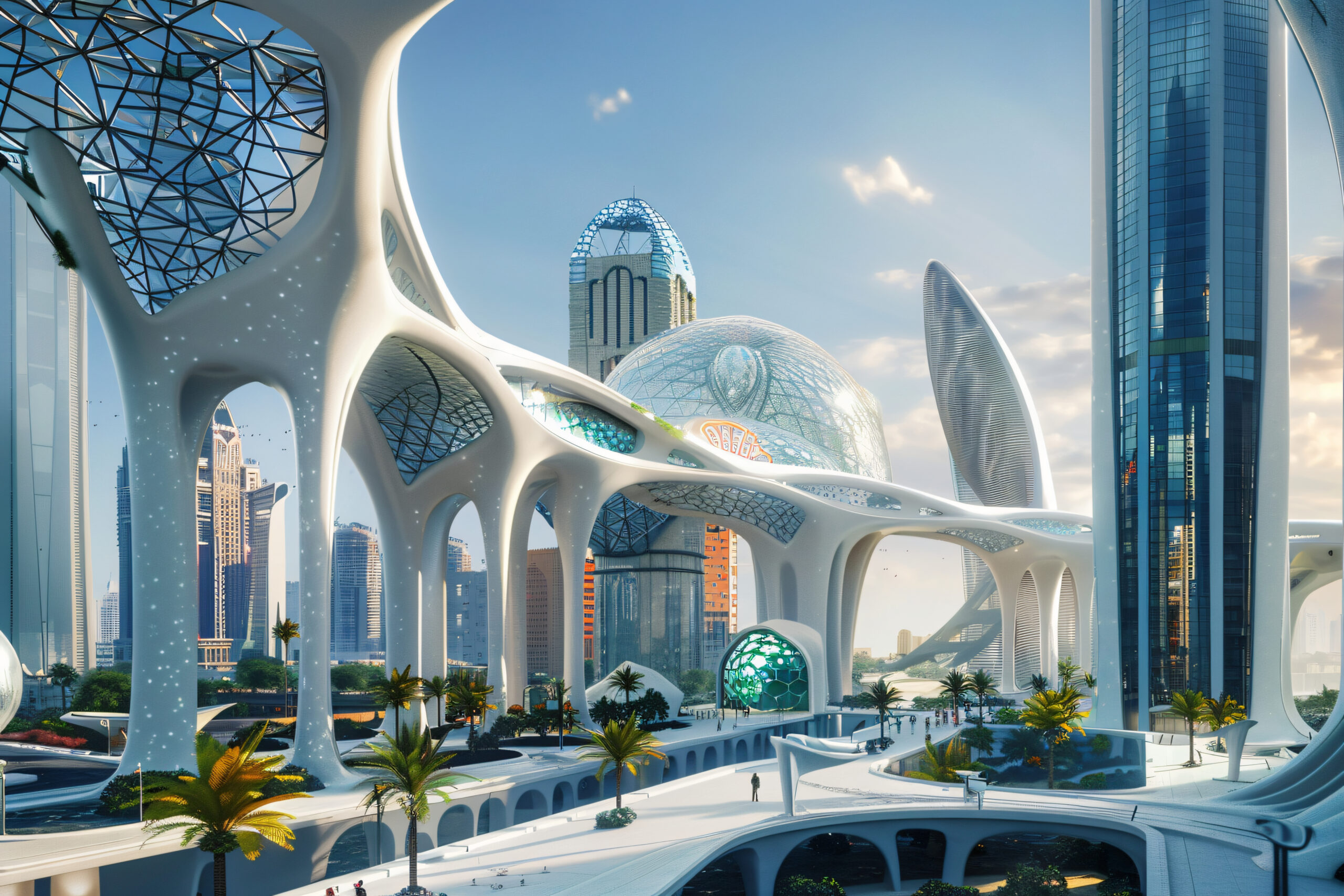
2 Comments
[…] India has taken a monumental leap toward a greener future with the successful testing of its first hydrogen-powered coach, a Driving Power Car, at the Integral Coach Factory (ICF) in Chennai. This groundbreaking achievement, announced by Union Minister of Railways Ashwini Vaishnaw on July 25, 2025, via X, positions India as a global leader in hydrogen-powered rail technology. The trial marks a significant milestone in India’s ambitious plan to deploy a 1,200 horsepower (HP) hydrogen train, set to become the world’s most powerful hydrogen train engine. This development not only showcases India’s innovation in sustainable transportation but also aligns with its goal of achieving net-zero carbon emissions by 2030 across its vast railway network, one of the largest in the world. […]
[…] President of the Philippines, Ferdinand R. Marcos Jr., is all set to visit India in the first week of August 2025. This upcoming visit is being seen as a major diplomatic move […]
Comments are closed.